- Expansions
- Solar Powered
- Outdoor
- NORVI HMI
- RASPBERRY PI
Get Started
About
- Blog
- Stories
- Community
- Careers
- Brand Assets
All-in-one Industrial Controller:
A Raspberry Pi CM4-based powerhouse, seamlessly integrating a 7-inch touch HMI, PLC functionality, and diverse connectivity options including Ethernet and RS-485. Ideal for IoT applications and as an industrial gateway, it’s the perfect blend of performance and versatility for any modern industrial setting

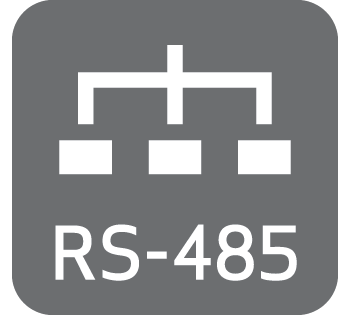
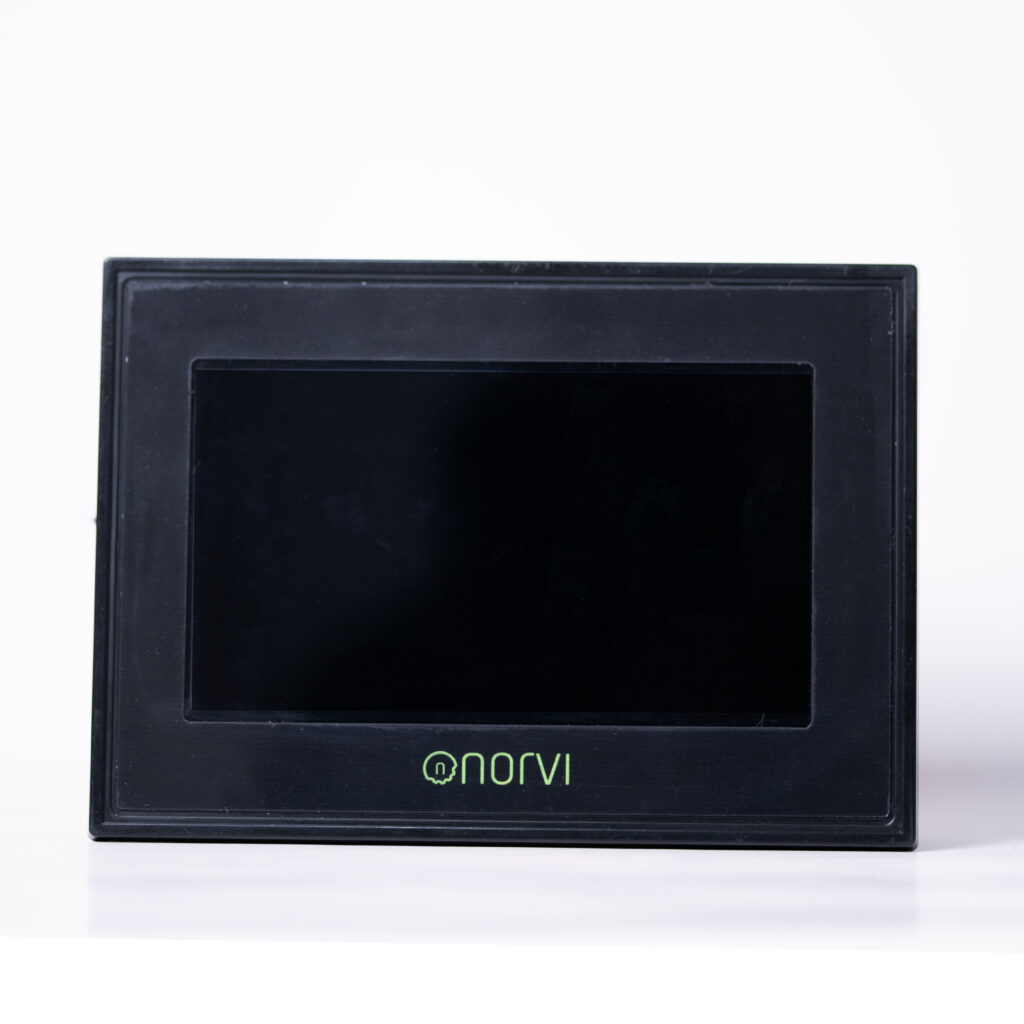
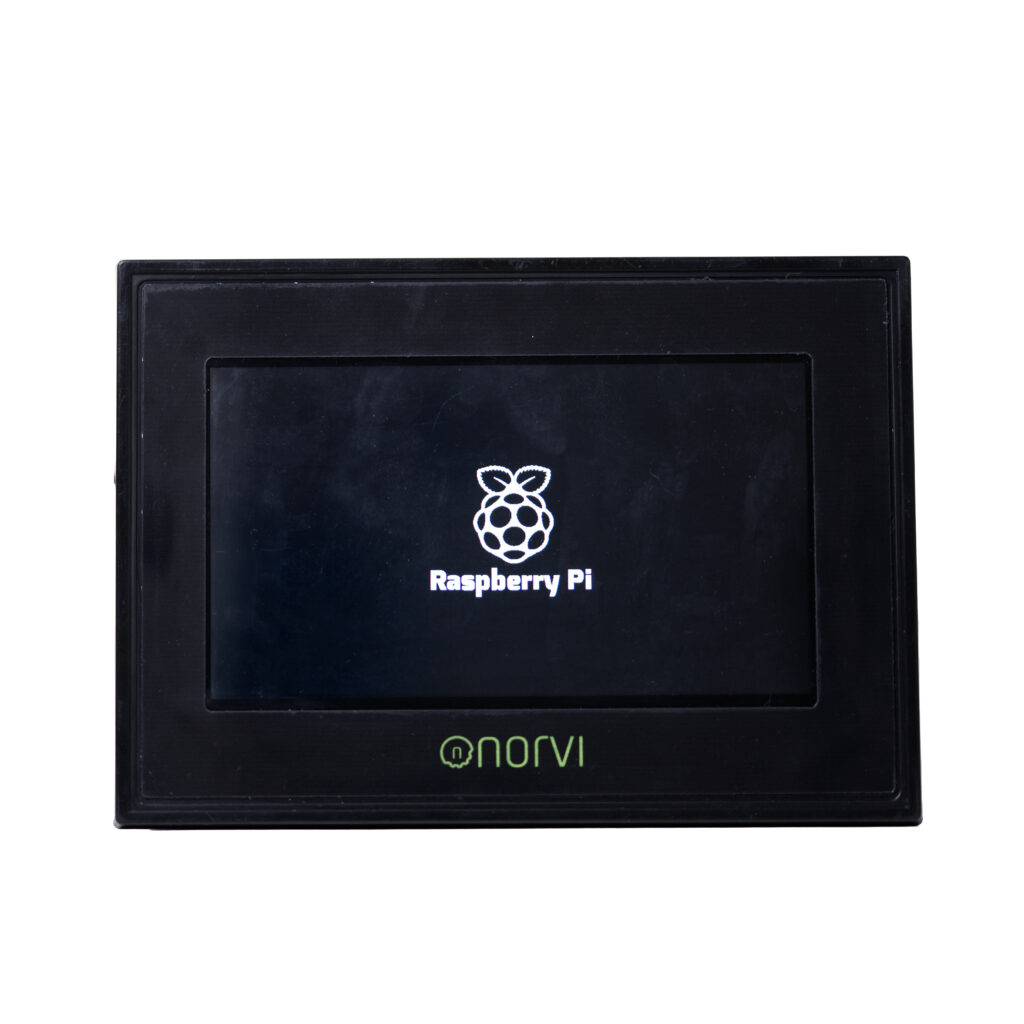




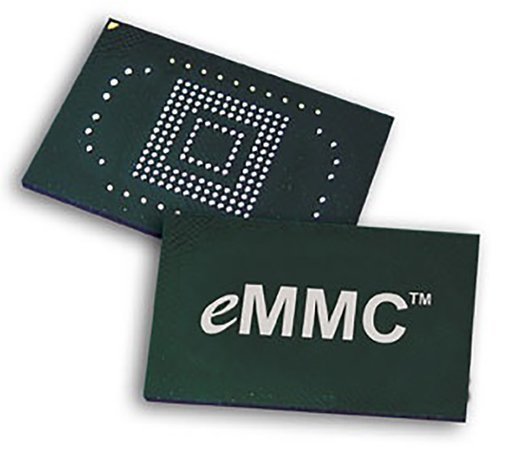











Performance: RPI HMI utilizes Raspberry Pi CM4, offering powerful computing capabilities suitable for demanding industrial applications. Whether you’re running complex algorithms, handling large datasets, or running multiple tasks simultaneously, RPI HMI delivers robust performance.
Versatility: This solution seamlessly integrates a 7-inch touch panel, serving as both a user interface and a control system. Its versatility allows it to adapt to various industrial settings, from manufacturing floors to automation processes.
Connectivity: With Ethernet and RS-485 connectivity options, RPI HMI facilitates seamless integration into existing industrial networks. It ensures reliable communication between devices, PLCs, and control systems, enhancing overall operational efficiency.
IoT Applications: RPI HMI is well-suited for IoT applications, enabling data collection, analysis, and remote monitoring. It serves as an industrial gateway, connecting sensors, actuators, and other IoT devices to the cloud or central monitoring systems.
MODBUS Support: Built-in RS-485 support makes RPI HMI MODBUS capable, allowing it to communicate with a wide range of industrial devices and equipment. This ensures compatibility with existing industrial protocols and systems, simplifying integration and deployment.
Panel Mounting: The ability to panel mount RPI HMI enhances its usability in HMI applications. It provides a seamless and ergonomic interface for operators, improving accessibility and user experience in industrial environments.
Digital and Analog Inputs, Transistor Outputs: RPI HMI comes equipped with built-in digital inputs, analog inputs, and transistor outputs, enabling it to acquire data from sensors and peripherals while also controlling external devices. This comprehensive feature set expands its utility across various industrial applications.
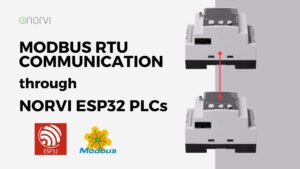
This guide will explore how Modbus RTU communicates through ESP32 using NORVI Controllers, enabling efficient data transmission and remote monitoring or control capabilities. A detailed
The NORVI M12-C Series battery-powered IoT node is an ideal solution for remote environmental monitoring in locations without grid power. Designed for standalone installations, it
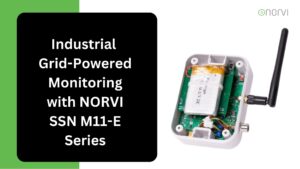
With the advancement of Industry 4.0, the demand for robust, real-time monitoring systems in industrial environments has surged. The NORVI SSN M11-E series, using the
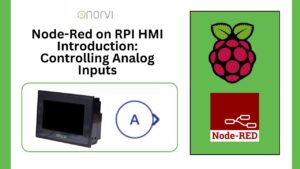
Example of RPI HMI NODE-RED integration is described in this article. NORVI has a set of node-red nodes that makes programming easy. Here is an example
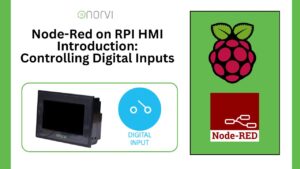
Example of Raspberry Pi HMI Node-RED. NORVI has a set of node-red nodes that makes programming easy. Here is an example of using the Raspberry PI